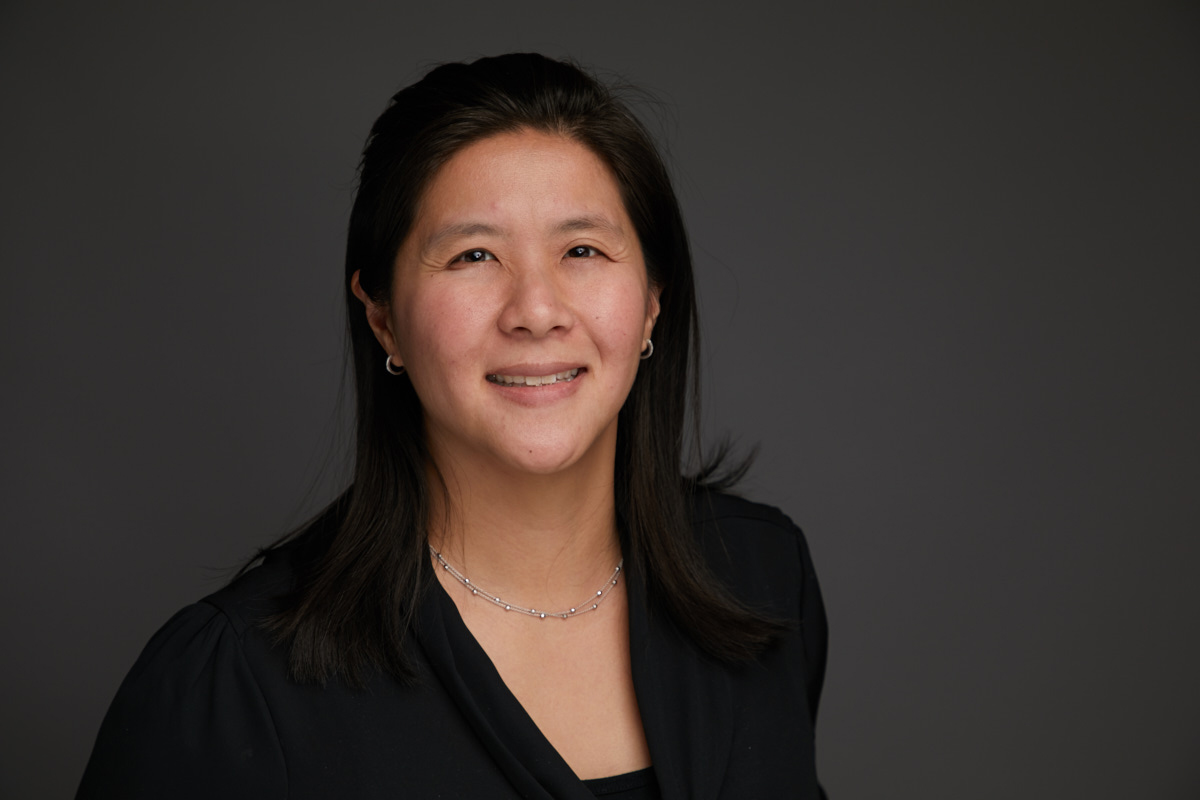You have /5 articles left.
Sign up for a free account or log in.
Savitri Tu is the vice president of marketing for Kaplan’s university partnerships and innovation team, where she works closely with universities on online programs for high school students, an innovative way for both high school seniors to figure out what they want to study in college and universities to build relationships with prospective students before the admissions process begins in earnest.
want to study in college and universities to build relationships with prospective students before the admissions process begins in earnest.
Prior to her role at Kaplan, she was the executive director, marketing and communications, at Columbia University’s School of Professional Studies, which gives Savitri unique insights into these kinds of growing public-private partnerships.
Savitri graciously agreed to answer my questions about the move from an academic institution to Kaplan as well as the programs she is currently working on.
Q: Before we get into Kaplan, tell us a bit about yourself. You made the move from higher ed to Kaplan. What are some of the similarities or differences you have noticed?
My background is in marketing, and I have always been passionate about working on brands that bring joy or help people. Most recently, I’ve been focused on education and how it can transform lives—particularly in helping students discover their talents or find a career that brings them personal or professional fulfillment.
Before Kaplan, I was the executive director of marketing and communications at Columbia University’s School of Professional Studies, where programs helped students gain skills to succeed in their educational and professional development. At Kaplan, as vice president of marketing for our innovations team, I still want to help students gain new skills, but for a younger demographic, teenagers, that is just starting to explore their educational interests.
As far as similarities, what you’ll find across the education industry—whether at a university or in the private sector—is that it attracts people who are smart, talented and mission-focused. So I would say that the desire to help learners advance is a common passion across all of education. What I appreciate about working for Kaplan is that because we work with a number of universities, delivering a variety of programs—from international student recruiting and pathways programs to online enablement to shared career services support to boot camps and more—the capabilities and potential to achieve this on a larger scale is much greater.
Q: I’ve seen a growing trend of fully online precollege programs—can you share some more about Prelum? What makes it unique?
In the simplest of terms, Prelum™️ (prealumni) is an innovative way to offer opportunities for high school students to explore careers early before making costly decisions. Prelum was started by two visionary longtime employees from Kaplan’s test-prep division, who were inspired by proprietary research pointing to a need to find new ways to help high school students explore and identify areas of career interest before college. They recognized that the current student journey is inefficient: students take on debt before deciding on an institution and a major and rarely get a firsthand sense of the careers they’ll be pursuing until they’ve graduated college—at which time they are learning on the job while paying back loans. In fact, data shows that 30 percent of undergrads change their major at least once within three years of initial enrollment (I know I did!), and 61 percent of bachelor’s degree holders say they would study a different major if they had to do it all over again.
The thinking behind Prelum is that students would get firsthand insight into jobs and careers before they make those costly decisions and investments. Our team conceived of, developed and launched Prelum programs, which are university-sponsored, scalable online enrichment courses for high school students. These programs give them the opportunities to explore potential career paths in a number of disciplines—fashion, sports medicine, law, psychology and climate change just to name a few.
Through these virtual programs, teenagers can learn from top experts at some of the world’s best universities, including Wake Forest, Georgetown and Parsons Paris, to gain insight early into potential careers—and [it] would give them a head start if they decided to pursue this area or allow them to consider alternate areas of study if the path wasn’t what they imagined it to be. And this would all happen before they even began applying to college, let alone enroll. For our university partners, Prelum allows them to build a relationship with prospective students and to expose them to their academic offerings, unique educational approach and culture as early as freshman or sophomore year in high school.
Since launching in early 2020, Kaplan’s Prelum programs have served thousands of students all over the world and all 50 states, and from 2021 to today, we’ve developed more than 20 Prelum programs in partnership with seven university partners. These programs have maintained a strong NPS and an exceptionally high customer retention rate while rapidly scaling, demonstrating our innovation team’s commitment to high-quality services and customer satisfaction. The team is now composed of a talented and diverse mix of leaders and individual contributors who have come from a range of backgrounds: the company’s test-prep division, consumer marketing in noneducation industries, media/entertainment, higher education and technology boot camps.
Prelum represents a natural extension of the work that we’ve been doing with teenagers since Stanley Kaplan first started preparing students for the SAT in the basement of his parents’ Brooklyn home in 1938—helping students advance and succeed.
Q: Online learning is still relatively new for many professors at universities. How does Kaplan work with professors to ensure the content is engaging to students?
Teachers and teaching are at the heart of Kaplan, as it was founded by a teacher who believed in making learning engaging. When the pandemic first hit two years ago, colleges and universities undertook the herculean task of switching nearly overnight from in-person delivery, the reigning system for hundreds of years, to online delivery, which is something that not all colleges and universities had fully embraced at that point. Because Kaplan has been delivering online education since the late 1990s—with the launch of Concord Law School, the nation’s first fully online law school, and began offering live, online classes for our test-prep students in 2009—we’ve been continuously honing our efforts and building our online expertise over decades, so we’re in a strong position to make online learning engaging.
We have a very structured process of working with university faculty. In collaboration with our course designers, university faculty start by drafting their course outline—providing the team with a high-level overview of the key components of the course including the course objectives, final project description and module topics. Once the outline is set, the team works with instructors to clearly define all the learning assets—each video, interactive activity and assignment.
We prioritize making each course highly interactive, with high production value—ensuring each course is meeting certain learning goals but is also a fun and engaging student experience. Each of our courses incorporates a combination of videos—filmed on location at the universities, features guest experts and industry professionals—and interactive widgets, interactive opportunities for students to further explore the module topics and reinforce the learning content, as well as text and OER resources.
We also know from decades of experience in delivering online courses that the skills one has to be a great teacher in an in-person, classroom environment don’t always or fully translate to being a great teacher in an online setting. While the professors at our partner institutions are highly rated and dynamic when they are live in person in front of college students, we work closely with them to ensure that this translates to engaging, digestible instruction in a remote environment in front of a younger audience.
Some of these esteemed Prelum instructors have been teaching intermediate and advanced college courses, so we saw it as critical to also give them the skills and knowledge on how to speak with students who were probably five to seven years younger than their usual students. The professors have quickly embraced this additional role of helping high school students explore their career options. We’re really excited about our current partnerships and the ones that are on the horizon and very much appreciate the great professors who have embraced online learning as a means of engaging and developing the next generation of learners.








